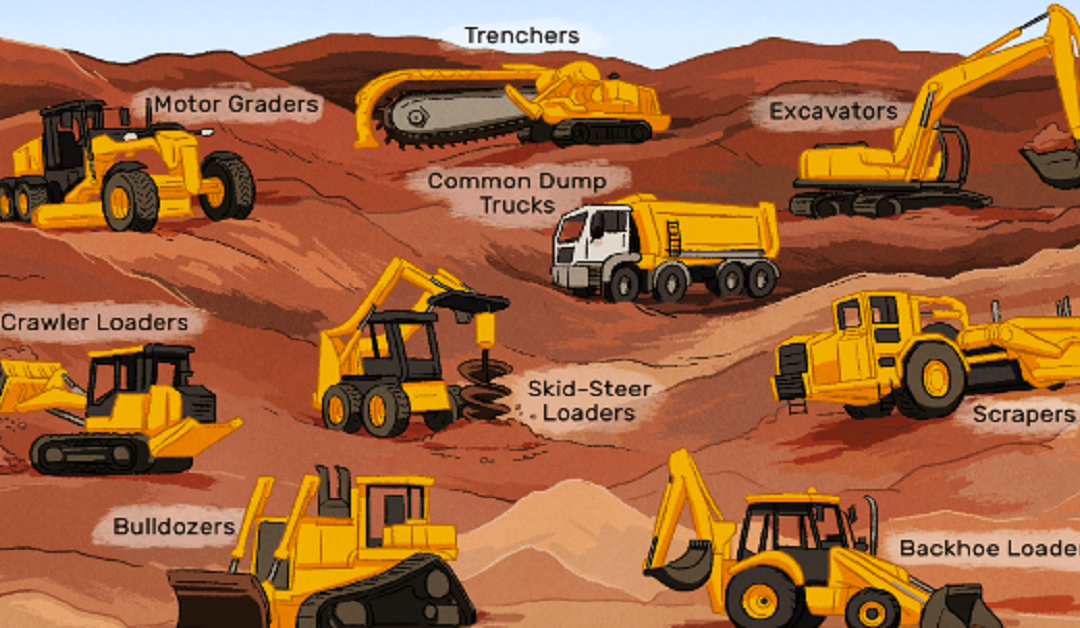Leading Equipment Rental Company for All Your Requirements
Leading Equipment Rental Company for All Your Requirements
Blog Article
Leasing Vs. Purchasing Building Equipment: Making the Right Selection for Your Project
When getting started on a building and construction job, one of the essential choices that predict stakeholders and managers face is whether to rent out or buy construction devices. The decision pivots on different elements such as price considerations, task period, equipment upkeep, versatility, risk, and scalability management.
Cost Considerations
Renting out devices frequently needs lower initial settlements contrasted to acquiring, making it an appealing alternative for temporary tasks or service providers with budget plan restrictions. In the long run, constantly renting out devices can collect greater prices than purchasing, particularly for extensive tasks.
On the other hand, purchasing construction equipment involves higher ahead of time costs however can cause lasting financial savings, particularly for frequent users or long-term jobs. Owning equipment provides flexibility, benefit, and the potential for resale value once the job is finished. Additionally, having devices permits modification and experience with details equipment, potentially raising efficiency and performance on-site. Inevitably, the decision in between renting and purchasing construction equipment rests on the project's period, frequency of use, spending plan factors to consider, and long-term economic objectives.
Job Period

Conversely, for long-lasting tasks or continuous building work, acquiring tools could be the much more economical alternative. Getting equipment can lead to set you back savings over time, particularly if the tools will certainly be often made use of. Furthermore, possessing devices offers a feeling of control over its availability and enables modification to fit specific project needs.

Devices Upkeep
Offered the essential role project period plays in establishing the most affordable method in between renting out and buying building and construction tools, the focus currently moves towards taking a look at the important element of tools upkeep. On the other hand, owning devices needs an aggressive approach to maintenance to avoid break downs, ensure safety, and extend the tools's lifespan. Inevitably, a properly maintained construction devices fleet, whether rented or owned, is crucial for the reliable and successful conclusion of construction jobs.
Versatility and Scalability
In the world of construction equipment management, the element of adaptability and scalability holds considerable significance for task efficiency and resource usage. Deciding to lease building and construction devices provides a high degree of adaptability as it enables the quick change of equipment types and quantities based on the evolving demands of a project. Renting enables professionals to access a variety of specialized devices that may be needed for details tasks without the long-term dedication of ownership. This adaptability is particularly helpful for projects with differing requirements or uncertain durations (dozer rental).
In addition, scalability, another important factor, is inherently linked to flexibility. Leasing building tools provides the benefit of conveniently scaling procedures up or down as task demands fluctuate. Professionals can rapidly exchange or include tools to match the task's changing requirements without the constraints of owning possessions that might become underutilized or out-of-date. This capability to scale resources effectively can cause expense savings and improved job timelines, making leasing a beneficial alternative for projects requiring flexibility and responsive source appropriation.
Risk Administration
Effective risk monitoring in construction equipment operations is critical to making sure task success and mitigating potential economic losses. Building projects naturally include numerous risks, such as equipment breakdowns, accidents, and task hold-ups, which can dramatically impact the job forklift rental timeline and spending plan. By thoroughly thinking about the risks connected with owning or renting out building and construction tools, project managers can make educated decisions to lessen these prospective threats.
Leasing building and construction tools can supply a degree of risk reduction by transferring the responsibility of maintenance and fixings to the rental company. This can minimize the economic concern on the project proprietor in situation of unforeseen devices failings (scissor lift rental). Additionally, leasing gives the versatility to accessibility specific devices for specific task stages, reducing the danger of possessing underutilized equipment
On the other hand, possessing construction devices supplies a sense of control over its usage and upkeep. Nonetheless, this also implies birthing the complete responsibility for fixings, maintenance expenses, and depreciation, enhancing the financial risks related to equipment ownership. Cautious threat assessment and consideration of variables such as task period, devices use, and upkeep requirements are crucial in determining one of the most appropriate choice for reliable danger management in building and construction jobs.
Conclusion
In verdict, when making a decision between leasing and purchasing construction tools, it is very important to take into consideration expense, task duration, tools upkeep, danger, flexibility, and scalability administration. Each aspect plays a crucial function in determining one of the most ideal choice for the job at hand. By carefully examining these aspects, project supervisors can make an enlightened choice that aligns with their budget, timeline, and overall project goals.

Report this page